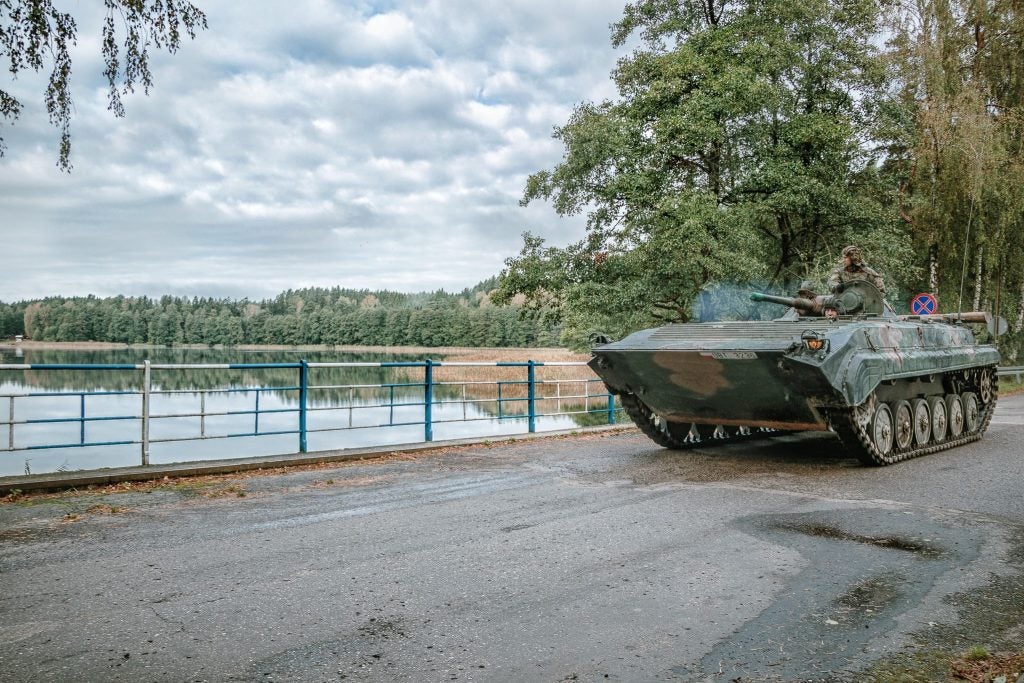Is The Modernization of Poland’s Ageing BMP-1s A Terrible Idea?
It was in the mid-1970s when the Polish People’s Army adopted the newest Infantry Fighting Vehicle (IFV) – a small, tracked vehicle equipped with a 73mm smooth-bore cannon and a Maluytka ATGM. The BMP-1 was introduced in huge numbers to the mechanized regiments all over the country. Its low profile, relatively good traction, and the fact that it swims were crucial to the People’s Army planners who considered it to carry the troops in an all-front assault on the Danish and Dutch cities during the outbreak of World War 3. However, nothing of this sort happened.
Hundreds of BMP-1s have been exploited throughout the decades. Generations of Polish mechanized troops have had the pleasure of squeezing into the claustrophobic transport compartment. Thus in the name of the rule ‘if it works – don’t fix it’ the post-Soviet Polish Army’s department of equipment has only now begun to think about the modernization of the IFV so it meets the requirements of the modern battlefield.

The lack of modern IFVs in the Polish Armed Forces is one of the most serious issues at the moment. The Badger project is still in the making, with the ZSSW-30 turret being currently tested. The turret itself is being slowly adopted on another IFV, the Wolverine, as well to replace the outdated Oto Melara Hitfist-30P turret. But it is not the solution to the chronic shortage of IFVs capable of participating in a modern conflict. The Ukrainian experiences show that the old Soviet BMPs are easy prey for modern ATGMs. With paper-thin armor not supported by any active and passive means of defense, the fate of the crew is rather bleak.

One of the requirements set for the modernization of the BMP-1 is the development of a new light turret module able to carry a modern ATGM system. Huta Stalowa Wola (HSW), which is developing the ZSSW-30, a lighter unmanned turret system for BMPs.
The eventual adoption of this option may create an interesting perspective of acquiring a modern, locally produced weapon system which would be independent from the fate of BMP-1, when the Polish Armed Forces transition to the new generation of IFVs. A module taken out from the BMP-1 could be still modernized and placed on another IFV platform or a different type of a combat vehicle.

The problem does not lie in a lack of sufficient proposals for the modernization of the BMP-1. It is the IFV itself. With more than 40 years of service the power units, engines and suspension are approaching the end of their useful service lives. Besides this the vehicle’s age means that the costs of maintenance will only increase. It is an issue of keeping a vehicle which should be in a museum in frontline service.
With the BMP-1 modernization pencilled in plan for 2021-2023, this also prolongs the agony of the mechanized brigades – which are the main operational force of the Polish Army. The outdated vehicle is not going to provide any more additional protection and is going to be of increasingly marginal combat value. Thus any plans to modernize some components are pointless as the budget could be spent on developing the modernization to Wolverine IFVs or simply the purchase of additional vehicles of this type until the Badger is ready for service later this decade.

